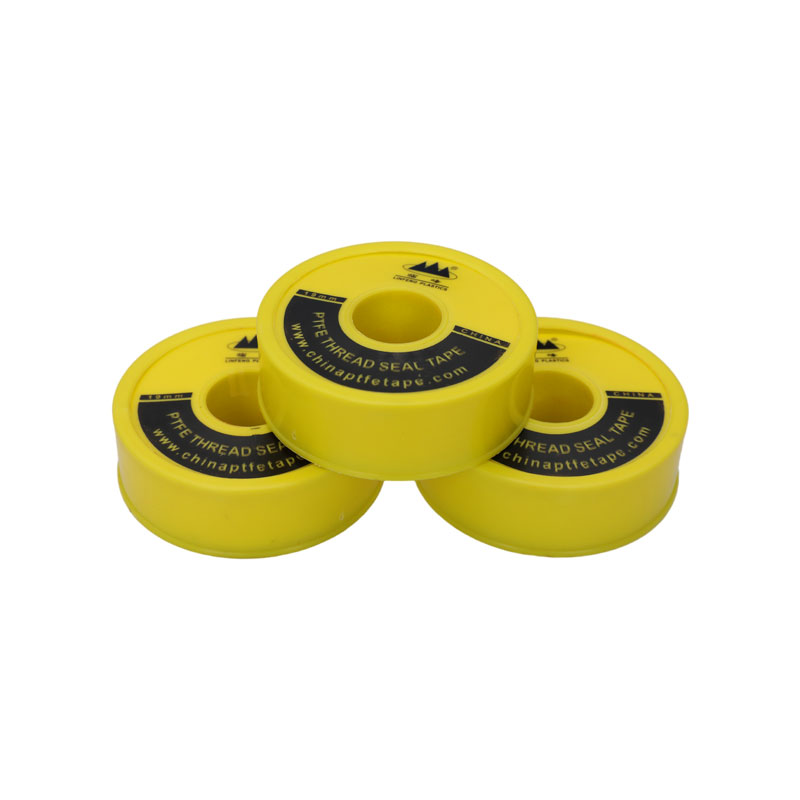Cleanup considerations when removing or reapplying 19mm Teflon tape depend on the specific conditions and applications. Here are some factors to consider:
Residue:
Teflon tape is generally designed to leave minimal to no residue when removed. However, in some cases, especially after prolonged use, a small amount of tape or adhesive residue may be left on the threaded connection.
Pipe Material:
The type of pipe material may affect cleanup. For metal pipes, cleanup is usually straightforward. However, for plastic or PVC pipes, it's essential to ensure that any residue won't interfere with the material or cause issues.
Thread Condition:
The condition of the threads plays a role in cleanup. If the threads are clean and in good condition, removing Teflon tape should be easier without leaving residue.
Adhesive Residue:
Some Teflon tapes come with a self-adhesive backing to aid in installation. While the adhesive is designed to adhere to the threads during application, it should not leave a significant residue when removed. Cleaning agents or solvents may help if adhesive residue is present.
Compatibility with Cleaning Agents:
Consider the compatibility of Teflon tape with cleaning agents or solvents. Some tapes may not be compatible with certain chemicals, so it's essential to choose a method that won't damage the tape or the threaded connection.
Surface Inspection:
Before reapplying Teflon tape, inspect the threaded connection for any debris, rust, or irregularities. Cleaning the threads thoroughly ensures a proper seal when the tape is reapplied.
Routine Maintenance:
For routine maintenance or reapplication, removing the old Teflon tape and cleaning the threads can be part of regular maintenance practices. This helps ensure a secure and effective seal.
Cleanup Steps:
Remove Old Tape:
Carefully unwind and remove the old Teflon tape from the threaded connection. Use a gentle, steady motion to avoid damaging the threads.
Inspect Threads:
Inspect the threads for any residue or debris. If there is any tape or adhesive residue, use a soft brush or cloth to clean it.
Use Cleaning Agents (If Necessary):
If needed, use a mild cleaning agent or solvent that is compatible with the pipe material and Teflon tape to remove any remaining residue. Ensure thorough rinsing afterward.
Dry Threads:
Allow the threads to dry completely before applying new Teflon tape. Moisture or cleaning agents left on the threads can affect the tape's adhesion and sealing performance.
Reapply Teflon Tape:
Once the threads are clean and dry, reapply the Teflon tape in the direction of the thread turns. Ensure that the tape is applied smoothly and evenly without gaps.



 English
English Espa?ol
Espa?ol
















